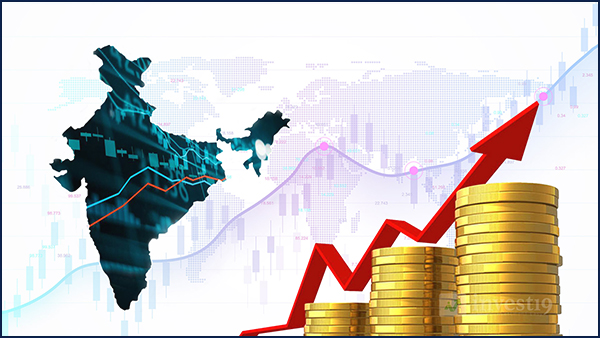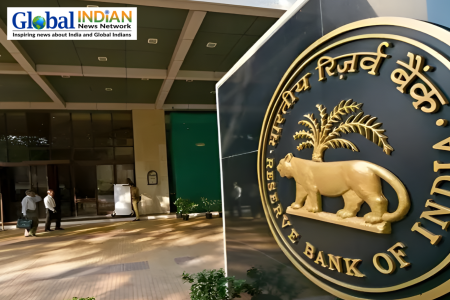 India’s finance minister, Nirmala Sitharaman, announced on June 12 that India’s gross domestic product (GDP) has reached $3.75 trillion in 2023, compared to around $2 trillion in 2014. This places India as the fifth-largest economy globally and a “bright spot” in the global economy. At current prices, India’s GDP surpasses that of the UK, France, Canada, Russia, and Australia. Last year, India overtook the UK to become the fifth-largest economy, trailing only the US, China, Japan, and Germany, according to projections by the International Monetary Fund (IMF).
India’s finance minister, Nirmala Sitharaman, announced on June 12 that India’s gross domestic product (GDP) has reached $3.75 trillion in 2023, compared to around $2 trillion in 2014. This places India as the fifth-largest economy globally and a “bright spot” in the global economy. At current prices, India’s GDP surpasses that of the UK, France, Canada, Russia, and Australia. Last year, India overtook the UK to become the fifth-largest economy, trailing only the US, China, Japan, and Germany, according to projections by the International Monetary Fund (IMF).
Recent government data reveals that India’s GDP grew by 6.1% in the fourth quarter of the fiscal year 2022-23, surpassing street estimates. The overall growth rate for the entire fiscal year came in at 7.2%, highlighting India’s economic resilience amidst geopolitical conflicts and global challenges.
India’s impressive economic growth has been acknowledged by various experts. The Chief Economic Advisor, Dr. V Anantha Nageswaran, praised the 7.2% growth rate and expressed optimism for further positive revisions. Private consumption has shown a strong recovery, approaching pre-pandemic levels, particularly driven by urban consumption.
Moody’s, a ratings agency, estimated India’s economy to grow at 6-6.3% in the April-June quarter. However, they also cautioned about the risks of fiscal slippage due to weaker-than-expected government revenues and high government debt. Despite these challenges, India possesses a stable domestic financing base and a sound external position, making it well-positioned for growth.
While the Reserve Bank of India projected an 8% growth for the first quarter, Moody’s estimate is more conservative. As the government focuses on balancing longer-term fiscal sustainability with immediate economic support, potential fiscal slippage risks exist, especially with general elections approaching by May 2024.













